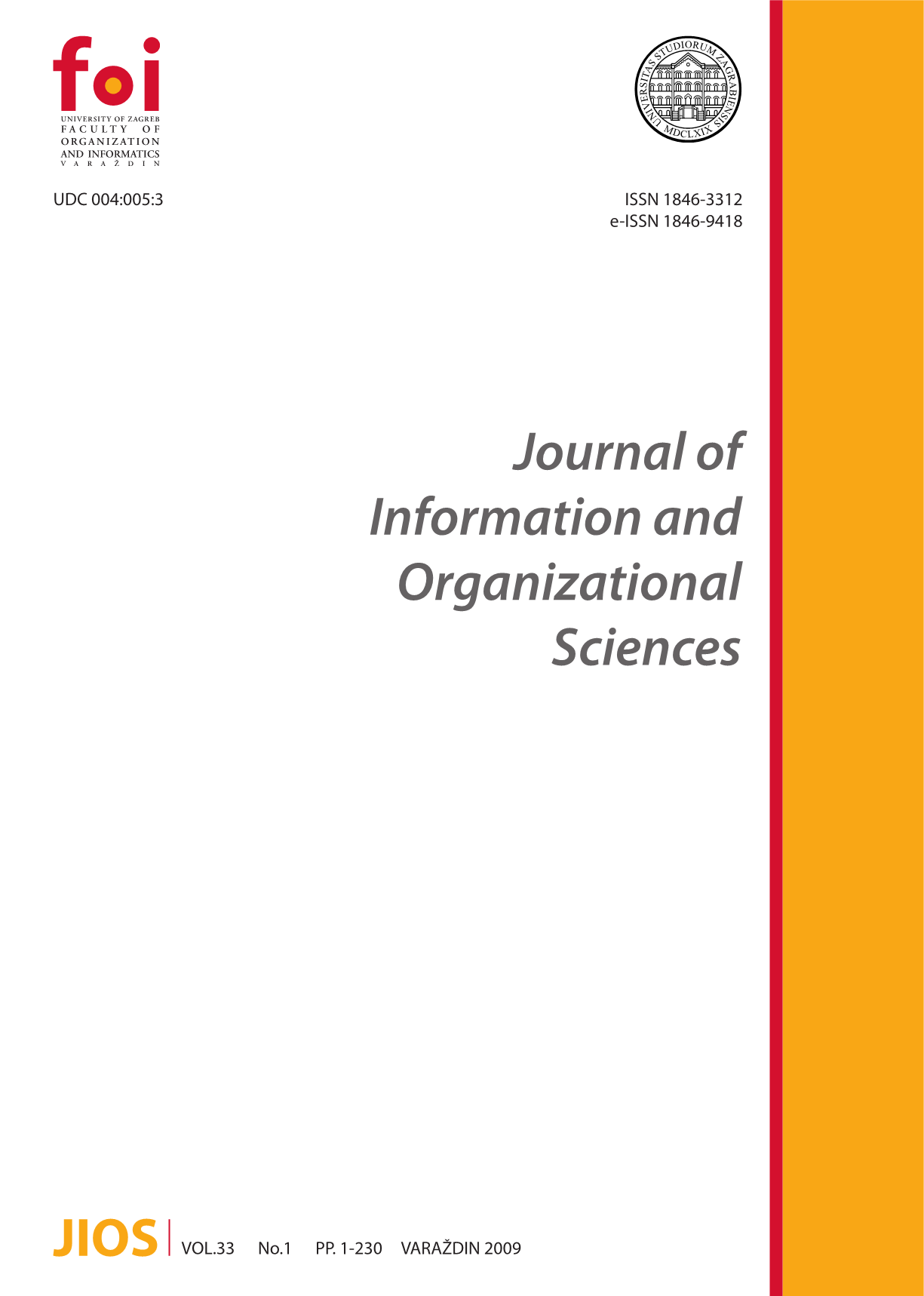An Efficient Algorithm for Congestion Control in Highly Loaded DiffServ/MPLS Networks
An Efficient Algorithm for Congestion Control in Highly Loaded DiffServ/MPLS Networks
Author(s): Srećko Krile, Dario KrešićSubject(s): ICT Information and Communications Technologies
Published by: Fakultet organizacije i informatike, Sveučilište u Zagrebu
Keywords: intra-domain routing; inter-domain routing; traffic engineering in DiffServ/MPLS networks; constraint-based routing;
Summary/Abstract: Optimal QoS path provisioning of coexisted and aggregated traffic in networks is still demanding problem. All traffic flows in a domain are distributed among LSPs (Label Switching Path) related to N service classes, but the congestion problem of concurrent flows can appear. As we know the IGP (Interior Getaway Protocol) uses simple on-line routing algorithms (e.g. OSPFS, IS-IS) based on shortest path methodology. In QoS end-to-end provisioning where some links may be reserved for certain traffic classes (for particular set of users) it becomes insufficient technique. On other hand, constraint-based explicit routing (CR) based on IGP metric ensures traffic engineering (TE) capabilities. But in overloaded and poorly connected MPLS/DiffServ networks the CR becomes insufficient technique. As we need firm correlation with bandwidth management and traffic engineering (TE) the initial (pro-active) routing can be pre-computed in the context of all priority traffic flows (former contracted SLAs) traversing the network simultaneously. It mean that LSP can be pre-computed much earlier, possibly during SLA (Service Level Agreement) negotiation process. In the paper a new load simulation technique for load balancing control purpose is proposed. The algorithm proposed in the paper may find a longer but lightly loaded path, better than the heavily loaded shortest path. It could be a very good solution for congestion avoidance and for better load-balancing purpose where links are running close to capacity. Also, such technique could be useful in inter-domain end-to-end provisioning, where bandwidth reservation has to be negotiated with neighbor ASes (Autonomous System). To be acceptable for real applications such complicated routing algorithm can be significantly improved. Algorithm was tested on the network of M core routers on the path (between edge routers) and results are given for N=3 service classes. Further improvements through heuristic approach are made and results are discussed.
Journal: Journal of Information and Organizational Sciences
- Issue Year: 33/2009
- Issue No: 1
- Page Range: 53-64
- Page Count: 12
- Language: English

